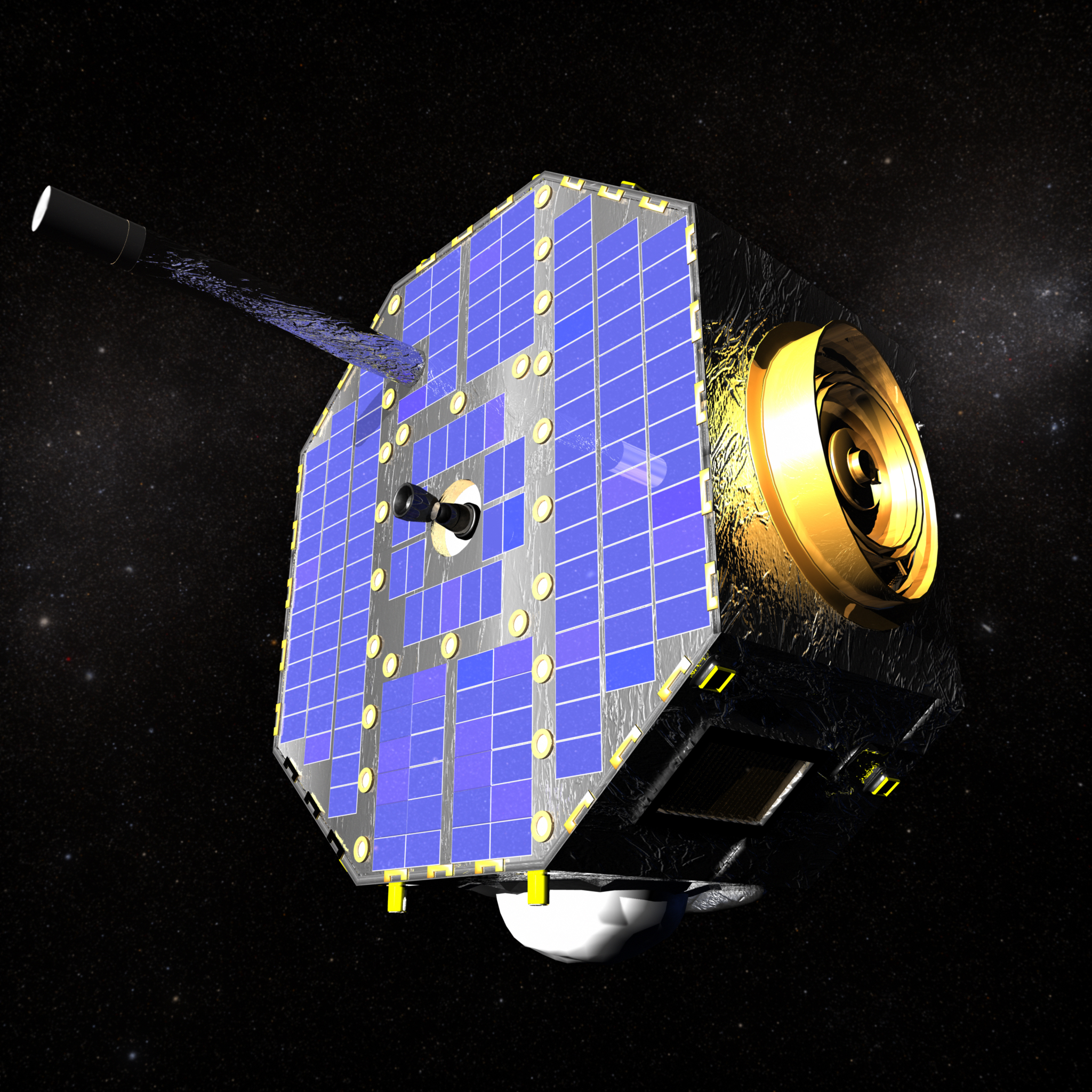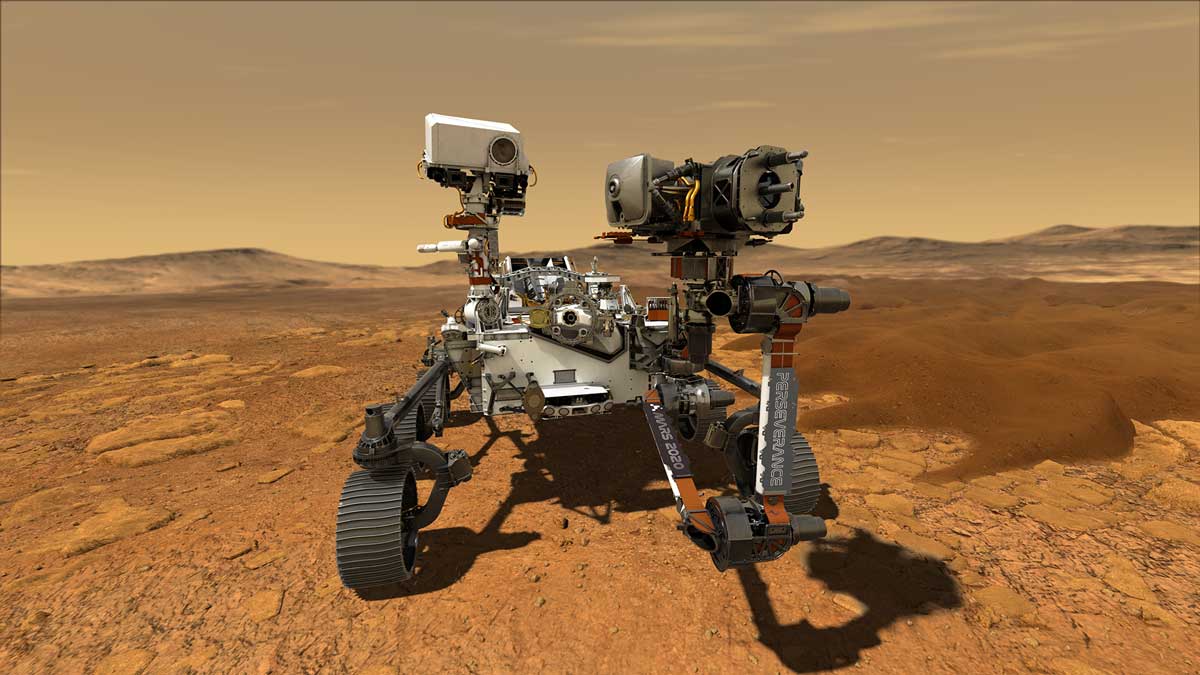The race to space has been quietly intensifying in tandem with the geopolitical contest unfolding here on the earth. China, for example, has made significant strides in its space programs and looks to take the mantle from Russia in challenging American dominance.
China Lambasts Washington Over ‘False Info’ That Russia Sought Military Help From Beijing For Ukraine War
Directed-Energy Weapons: How China’s ‘Big Breakthrough’ In DEWs Could Pose Grave Danger To Musk’s Starlink, US Military?
Wu Weiren, chief designer of China’s lunar exploration program recently announced that China wants to gather samples from Mars by 2030 and would also look into ideas for exploring the solar system’s furthest reaches, Global Times reported.
The announcement comes two years after China’s lunar probe brought home the samples from the moon.
However, Wu also admitted that the Mars sample retrieval mission will be far more challenging than the Moon mission, and the first problem to address will be the building of a more powerful launch vehicle.In December 2020, China’s Chang’e 5 spacecraft gathered 3.81 pounds (1.73 kilograms) of lunar dust and rocks from Oceanus Procellarum on the moon’s near side.
China’s Chang’e 5 lunar sample return mission brought back Moon samples to Earth a year ago. The last time that was accomplished? During the Soviet Union’s Luna spacecraft 16 (pictured), 20, and 24 operations that ended in 1976. Revisit the missions: https://t.co/2pwjmpNLhl pic.twitter.com/r2QOVEm4Ln
— National Air and Space Museum (@airandspace) December 16, 2021
The Chang’e-5 mission represented the successful end of China’s three-step lunar exploration program, which began in 2004 with orbiting, landing, and returning samples.
After Xi Jinping’s Order, PLA Officials Mull ‘Military Law’ To Safeguard China’s BRI Projects — Reports
As Comedian Politicians ‘Rule The Roost’, What Can India’s Mann Learn From Ukraine’s ‘Defiant Hero’ Zelensky?
The samples brought by China gave way to some very important findings. The success of the lunar probe mission could be the driving factor behind a similar Mars probe which is to bring back samples from the red planet in about next 8 years from now and after a decade of retrieving lunar samples.
To Mars & Beyond
In June 2021, China released a blueprint for future manned Mars exploration missions that were to involve three steps: technology preparation phase, a manned mission to Mars, and an Earth-Mars cargo fleet.
The flights are to take place in 2033, 2035, 2037, 2041, and 2043, according to the state-owned China Academy of Launch Vehicle Technology (CALT).

The Tianwen-1 Mars probe, China’s first interplanetary exploration mission, was successfully launched into orbit on July 23, 2020. It accomplished a remarkable accomplishment by orbiting, landing, and traversing the Red Planet all at the same time.
#China declares #Mars mission complete success pic.twitter.com/kpJ1PnJBbB
— libijian李碧建 (@libijian2) June 13, 2021
Last month, Tianwen 1 celebrated its first anniversary on the red planet. On February 10, 2021, the Tianwen 1 spacecraft entered orbit around Mars. The China National Space Administration published spectacular footage of the event shortly after, showing the orbiter pass behind Mars while firing engines to slow down and enter orbit.
However, orbiting was only one part of the objective and a rover was to be landed on the Martian surface. Teams on Earth planned for the Zhurong rover’s landing attempt for the following three months, with Tianwen 1 adjusting its orbit and sending detailed, high-resolution photos of the target landing spot in Utopia Planitia.
Zhurong finally underwent its own, slightly longer nine minutes of fear before landing on May 14. A week after touchdown, it proudly rolled down from its lander and onto the crimson Martian dust, performing system checks and scouting out the area.
Following Russia (USSR) and the United States, China became the third country to successfully land a probe on Mars.
A Mars landing is one of the most difficult tasks in spaceflight. Because Mars, unlike the Moon, has an atmosphere, landers must be protected from the heat created during descent. However, the air is too thin for a parachute to slow a lander alone; retrorockets are required.
Furthermore, the full procedure must be completed independently. Only 10 of the 18 lander or rover missions to Mars have succeeded. Nine of the ten missions were NASA-led. A Russian probe successfully landed, but communications were lost almost immediately.
However, China’s success and a very smooth first landing emboldened it to take the research further and bring back samples from its first-ever planetary exploration probe. It also plans to study the edge of the solar system and venture into deep space.
China has a busy decade ahead as it plans to challenge the US hegemony in space that the latter has managed to uphold since the fall of the USSR. China is all set to operationalize its own space station this year and carry out a total of 50 space launches.
US Martian Mission
The United States has been the strongest player in space for a long time now, which has allowed it to consolidate its power. It first declared in 2008 that its space agency, NASA, would launch a space probe into orbit high above the Earth to study the solar system’s far reaches, where hot solar winds collide with freezing outer space.
The Interstellar Boundary Explorer (IBEX) was launched for a two-year mission to photograph and map the solar system’s enigmatic boundaries, which are billions of kilometers (miles) from Earth.

The US launched its own Mars mission two years ago. ‘Mars 2020’ is a rover mission for Mars that is part of NASA’s Mars Exploration Program, which also includes the Perseverance rover and the Ingenuity small robotic coaxial helicopter.
Mars 2020 was launched from Earth on an Atlas V rocket on July 30, 2020, at 11:50:01 UTC and confirmation of landing in the Martian crater Jezero was obtained at 20:55 UTC on February 18, 2021.

Perseverance was launched to examine the geological processes and history of the surface of Mars, assess its past habitability, the possibility of past life on Mars, and the potential for biosignatures to be preserved within accessible geological materials.
Seven Mars rock samples have already been collected by the Perseverance rover. It will capture and cache several hundred Red Planet samples if everything goes according to plan.
A joint NASA-European Space Agency mission campaign will bring this material to Earth, possibly as early as 2031.
This indicates that the missions of both, China and the US are set to bring home Mars samples along the same timeline. With several launches planned ahead by the two sides, including their respective lunar bases, a major part of the rivalry between the two superpowers could be expected to play out in space.
- Contact the author at sakshi.tiwari9555@gmail.com
- Follow EurAsian Times on Google News




